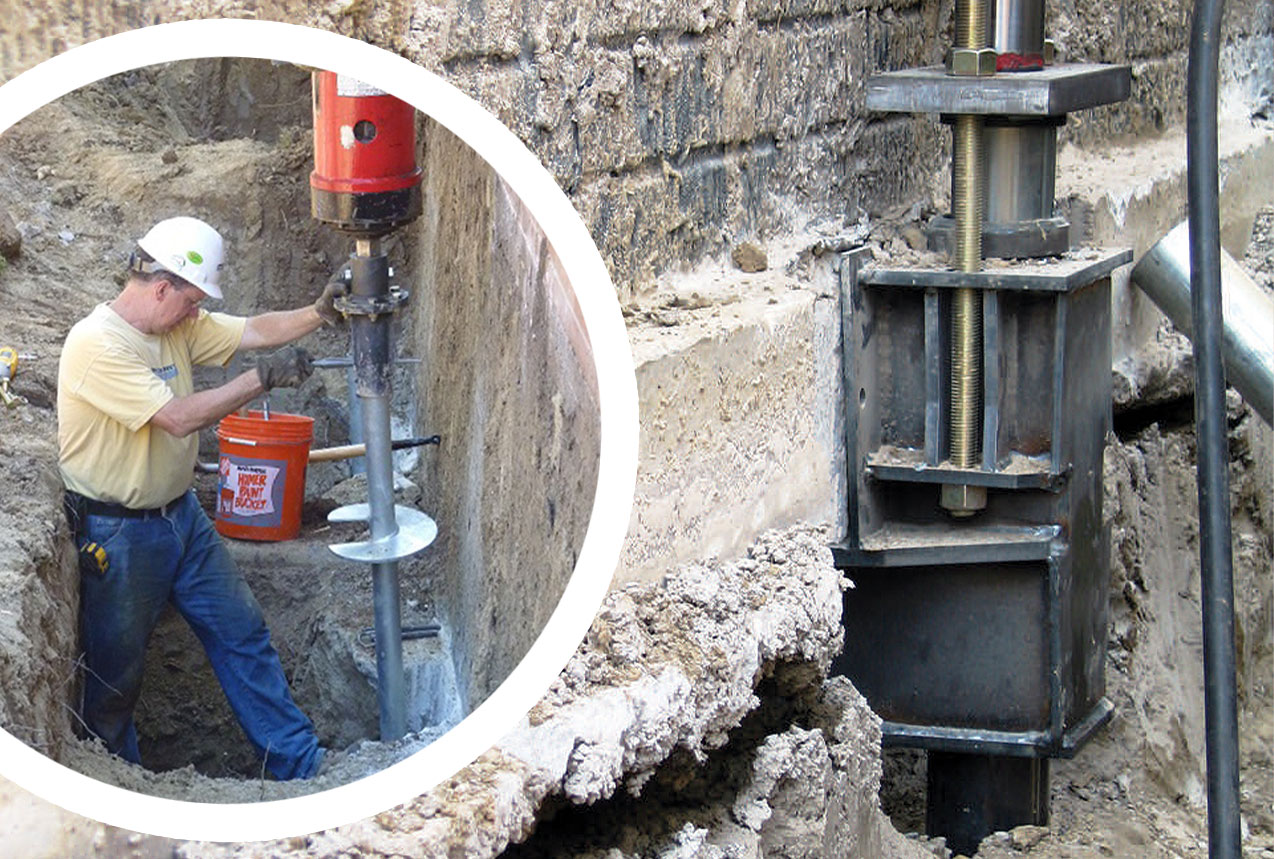The Significance of Foundation Stability:
A stable foundation serves as the backbone of a building, providing support and ensuring structural safety. Here are a few reasons highlighting the importance of a stable foundation:
- Structural Integrity: A stable foundation prevents structural failures such as settlement, cracking, and shifting. It provides the necessary support to distribute the weight of the building evenly, maintaining its integrity.
- Safety: A compromised foundation poses risks to the occupants of the building. It can lead to uneven floors, leaning walls, and other structural issues that jeopardize the safety of residents or users.
- Property Value: A well-maintained and stable foundation enhances the value of a property. Prospective buyers and investors recognize the importance of a solid foundation, as it instills confidence in the overall quality and durability of the building.
- Prevention of Structural Damage: A compromised foundation can cause significant structural damage throughout the building, including cracks in walls, misaligned doors and windows, and uneven floors. Timely foundation repair helps mitigate these issues and prevents further damage.
Common Foundation Issues:
Understanding the common issues that foundations face is essential in determining the appropriate repair solutions. Here are some of the most prevalent foundation problems:
- Settlement: Foundation settlement occurs when the soil beneath the foundation compresses or shifts, causing the foundation to sink unevenly. This can result in cracks, uneven floors, and structural instability.
- Foundation Cracks: Cracks in the foundation can develop due to several factors, including soil movement, water infiltration, or improper construction techniques. These cracks weaken the foundation’s integrity and can lead to further structural issues.
- Bowing or Leaning Walls: Excessive lateral pressure from the surrounding soil can cause foundation walls to bow or lean inward. This problem is commonly observed in areas with expansive clay soils or poor drainage.
- Water Damage: Water-related issues such as poor drainage, high water table, or plumbing leaks can damage foundations over time. Excessive moisture weakens the soil, compromising the foundation’s stability and increasing the risk of settlement.
Effective Foundation Repair Techniques:
Foundation repair professionals employ various techniques to address foundation issues based on the specific problem at hand. Here are some effective foundation repair methods:
- Underpinning: Underpinning is a common technique used to stabilize foundations. It involves strengthening and supporting the existing foundation by extending it to a more stable soil layer or adding additional support, such as helical piers or steel beams.
- Foundation Piering: Foundation piering, also known as piling or under-reaming, is used to address foundation settlement. It involves installing steel piers or concrete pilings deep into the ground to provide additional support and lift the foundation to its original level.
- Carbon Fiber Reinforcement: Carbon fiber straps or strips are applied to reinforce and stabilize foundation walls that are bowing or leaning. These lightweight yet strong materials provide added structural support and help prevent further movement.
- Grout Injection: Grout injection is a technique used to fill voids or gaps beneath the foundation. By injecting a specialized grout mixture, the voids are filled, providing additional support and stabilizing the soil. This method can help lift settled foundations and improve overall stability.
Emerging Trends in Foundation Repair:
As technology continues to advance, foundation repair techniques are also evolving. Here are some emerging trends in the field:
- Advanced Diagnostic Technologies: Innovations such as ground-penetrating radar (GPR), infrared thermography, and laser scanning are being utilized for accurate detection and assessment of foundation issues. These technologies provide detailed information about the condition of the foundation, allowing for targeted and effective repairs.
- Sustainable Foundation Solutions: With a growing focus on environmental sustainability, foundation repair techniques are incorporating eco-friendly materials and practices. For example, using recycled or locally sourced materials, implementing energy-efficient processes, and minimizing waste generation are becoming key considerations in the industry.
- Smart Monitoring Systems: Integration of sensor-based monitoring systems enables real-time tracking and analysis of foundation behavior. These systems can detect subtle changes in the foundation’s movement, moisture levels, and other parameters, allowing for early detection of potential issues and proactive maintenance.
- Innovative Repair Materials: Researchers and manufacturers are developing advanced repair materials with enhanced strength, durability, and adaptability. These materials, such as advanced polymers, fiber-reinforced composites, and self-healing concrete, offer improved performance and longevity in foundation repair applications.
- Data-Driven Approaches: The utilization of data analytics and modeling techniques is becoming more prevalent in foundation repair. By analyzing historical data, geotechnical information, and structural behavior patterns, professionals can make informed decisions, optimize repair strategies, and predict future performance of foundation systems.
Conclusion:
Foundation repair is a critical aspect of maintaining a structurally sound building. By addressing common foundation issues such as settlement, cracks, and bowing walls through techniques like underpinning, piering, and carbon fiber reinforcement, property owners can ensure a solid and stable foundation. With emerging trends like advanced diagnostic technologies, sustainable solutions, smart monitoring systems, innovative materials, and data-driven approaches, the future of foundation repair is focused on efficiency, accuracy, and environmental consciousness. Investing in professional foundation repair services is essential for preserving the value of the property, ensuring the safety of occupants, and providing a stable foundation that will stand the test of time.
Contact us today for your free inspection!
For more tips for keeping your home in it’s best shape, read more of our blogs here!
